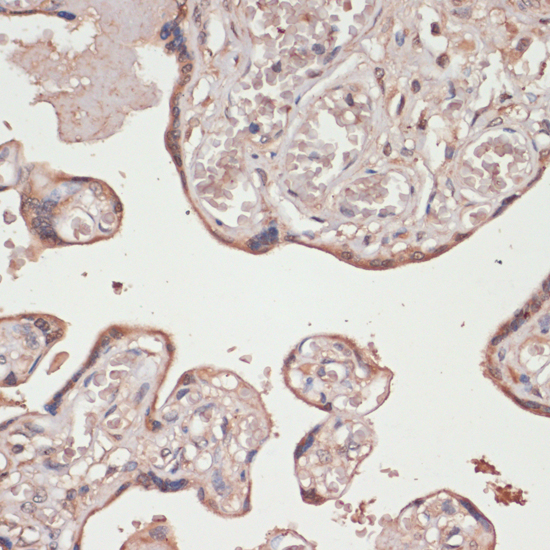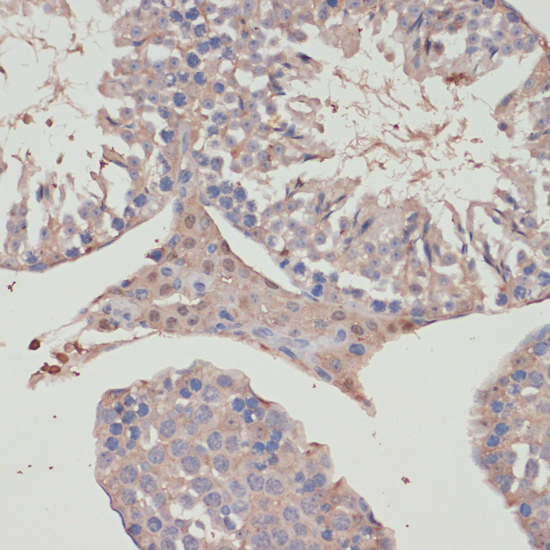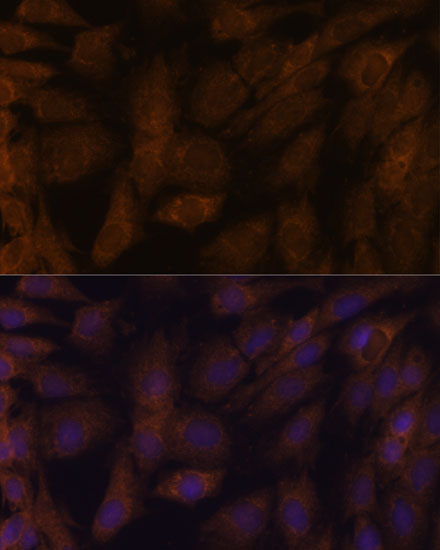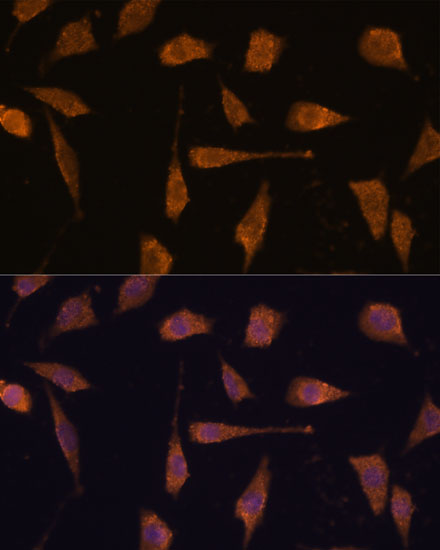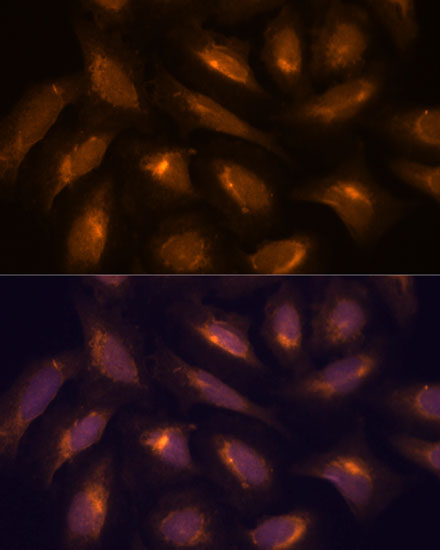TXNRD1 Polyclonal Antibody
For reference only. Please follow the manual included in your kit for instructions.
Catalog Number
RD266881A
Product Name
TXNRD1 Polyclonal Antibody
Catalog Number
RD266881A
Purification Method
Affinity purification
Isotype
IgG
Host
Rabbit
Background
This gene encodes a member of the family of pyridine nucleotide oxidoreductases. This protein reduces thioredoxins as well as other substrates, and plays a role in selenium metabolism and protection against oxidative stress. The functional enzyme is thought to be a homodimer which uses FAD as a cofactor. Each subunit contains a selenocysteine (Sec) residue which is required for catalytic activity. The selenocysteine is encoded by the UGA codon that normally signals translation termination. The 3' UTR of selenocysteine-containing genes have a common stem-loop structure, the sec insertion sequence (SECIS), that is necessary for the recognition of UGA as a Sec codon rather than as a stop signal. Alternative splicing results in several transcript variants encoding the same or different isoforms.
Immunogen Information
Immunogen
Recombinant protein of human TXNRD1
Gene ID
7296
Swissprot
Q16881
Synonyms
TXNRD1GRIM-12TRTR1TRXR1TXNR
Applications
Reactivity
Human,Mouse,Rat
Tested Applications
IHC,IF
Conjugation
Unconjugated
Dilution
IHC 1:50-1:100 IF 1:50-1:200
Concentration
1 mg/mL
Storage Buffer
PBS with 0.02% sodium azide, 50% glycerol, pH7.3
Storage Instructions
Store at -20°C. Avoid freeze / thaw cycles.
